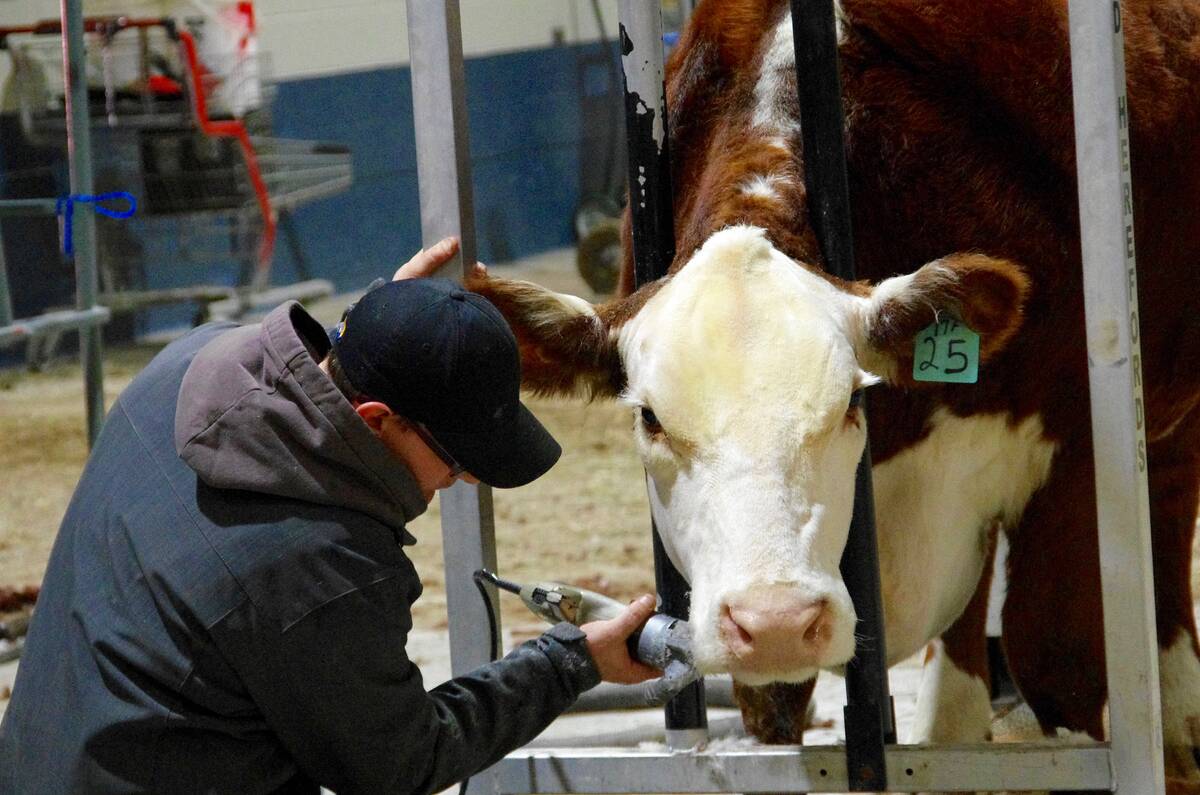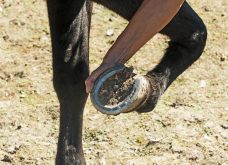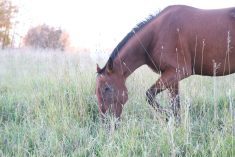Recognizing healthy behaviour and development of the newborn foal is critical to identifying when something is amiss.
Initial stages of illness in young foals are subtle and unfortunately can be easily overlooked. Therefore a checklist of 10 relevant questions can be a valuable resource when evaluating the newborn foal.
Each question represents a significant milestone in the life of a healthy foal and therefore the answer to each of the 10 questions must be a definitive “YES.” Each point on the list only requires keen observation skills and does not interfere with the activities of the foal.
Read Also

Manitoba AG EX 2025 to feature expanded sheep events
This year’s Manitoba AG EX returns to Brandon’s Keystone Centre Oct. 9-Nov. 1. Here are the highlights expected from the cattle and sheep show rings in 2025.
1) Is the foal standing within one hour of birth?
2) Has the foal nursed colostrum within two hours of birth?
3) Has the mare passed the placenta and/or cleaned within three hours of the foal’s delivery?
Most healthy foals are high achievers and easily make the first two checkpoints. Ingestion of colostrum, or the mare’s first milk, within a critical time frame is crucial to the foal’s short- and long-term health. This colostrum is energy and nutrient dense, most renowned for its ability to “jump-start” a healthy immune system. Although the third checkpoint does not require anything of the foal, its answer can be vital to the survival of the foal. Generally mares will “clean” within three hours of delivery. Mares that retain their placentas beyond eight hours are at serious risk for systemic illness and are considered a veterinary emergency.
4) Has the foal passed its meconium?
The meconium or first feces passed by the foal is a dark-green, very sticky/tacky mass that accumulates in the bowel during fetal life and is discharged shortly after birth. It is not uncommon to see tags of sticky greenish meconium on the foal’s hindquarters within six hours of birth. This is a good sign and is often evidence of a healthy ingestion of colostrum. A foal with retained meconium will experience abdominal discomfort, strain to defecate, swish its tail, act colicy and will eventually become reluctant to nurse. An enema is indicated in foals that have not passed their meconium within 12 hours of birth.
5) Does the young foal nurse often — very often?
Milk demand and flow from the mare is stimulated by the asking of a hungry foal. Young foals nurse frequently keeping the mare’s udder stripped, often nursing more than 20 times a day.
6) Does the young foal “shadow” the dam?
Healthy foals are alert, aware of their surroundings and have a strong affinity for the mare. They play and move a lot — even if at first only moving in tight circles around the mare. Foals lacking a vigorous, vibrant attitude or that wander from the mare or appear detached from her are a cause for concern.
It is not uncommon for a foal to begin life with weak legs. The foal may have laxity in the pasterns or fetlocks, contracted tendons or deviations of the distal limbs. These generally self-correct with moderate and modest exercise within the first few days of life as the soft tissues strengthen and adjust. Severe deviations, those not improving, or ones that prevent the foal from properly following the mare may require veterinary consultation.
7) Does the young foal lay down to sleep?
Young foals lay down and sleep a lot, most commonly in lateral recumbency, however, upon occasion in sternal. Foals that are fading, appear sleepy or hang their heads while standing are not resting properly and are showing early symptoms of illness.
8) Does the young foal urinate and urinate correctly?
When the young colt or filly postures to urinate, urine must come from the penis or the vulva. If urine is seen to drip or stream from the navel, veterinary attention will be necessary. Infrequent urination is not normal and may indicate that the foal is not nursing adequately or that the bladder has ruptured.
9) Is the young foal alert, sensitive and responsive to its surroundings?
Healthy foals are curious and inquisitive, constantly engaging in their environment. Whenever they become dull or lose their focus on the mare there will be a problem.
10) Does the foal keep the mare’s udder relieved?
Often one of the first “red flags” regarding the foal’s health will be the distended state of the mare’s udder as the foal falls behind in nursing. Weak or troubled foals that lose strength nursing will also have “milk nose” or dried milk on their face.
Other not-so-subtle signs of distress in a newborn foal are abnormal nasal discharge (including milk), abnormal respiration, coughing, watery diarrhea, lameness, and abnormal swellings of the umbilicus or navel or around the genitals. These are indications for veterinary involvement.
Since the health status of a young foal can change rapidly, recognition of both normal and abnormal signs of health during the first days of life are essential to a successful outcome.
















